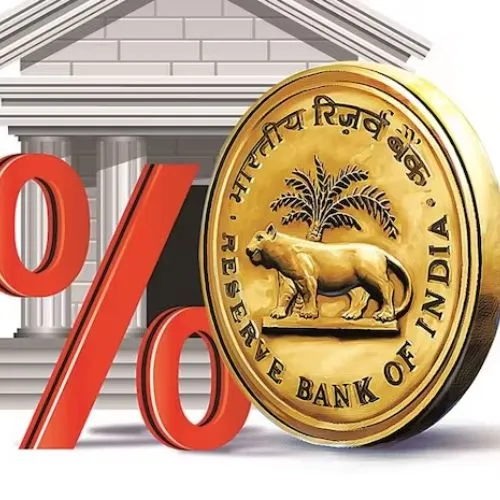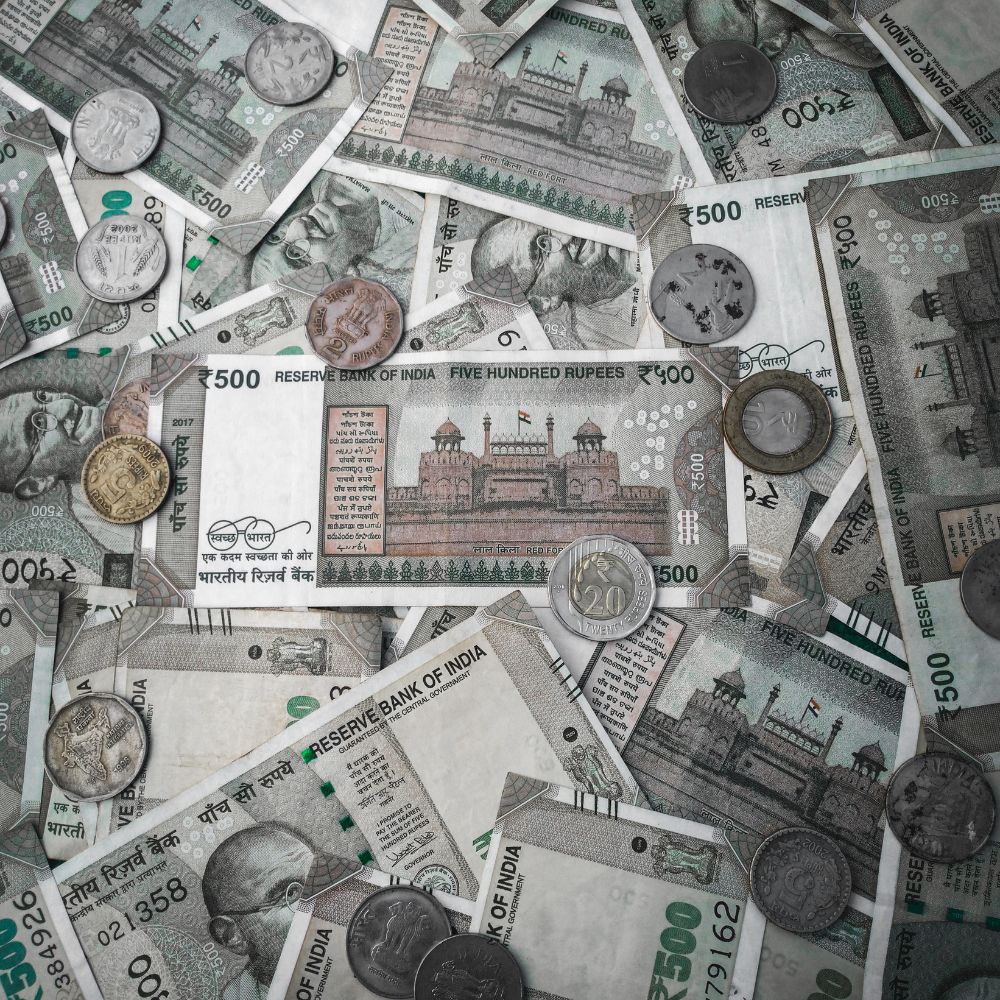The dollar is weakening quickly as a result of slowing U.S. inflation, which will be good for risk assets globally.
The dollar has dropped over 13% in value relative to a basket of currencies from its two-decade peak reached last year and is currently at its lowest point in 15 months. Its slide accelerated when the United States released weaker-than-anticipated inflation statistics on Wednesday, bolstering theories that the Federal Reserve is nearing the end of its cycle of interest rate hikes.
As the backbone of the world financial system is the dollar, many other assets stand to gain if it keeps declining.
A review of Russell 1000 businesses by Bespoke Investment Group revealed that the U.S. technology sector, which includes some of the large growth companies that have driven markets higher this year, produces just over 50% of its revenues abroad.
When the dollar falls, raw resources, which are priced in dollars, become more affordable to foreign customers. With a 4.6% gain so far this month, the S&P/Goldman Sachs Commodity Index is on track to have its best month since October.
Additionally, emerging markets profit from the weaker dollar, which makes servicing debt in dollars simpler. This year, the MSCI International Emerging Market Currency Index has increased by 2.4%.
Alvise Marino, a foreign exchange strategist at Credit Suisse, said that for markets, a weaker dollar and its underlying cause, weaker inflation, are a balm for everything, particularly for assets outside of the United States.
The U.S. Treasury yields have decreased recently, which has lessened the dollar’s appeal while boosting a variety of other currencies, from the Japanese yen to the Mexican peso, which has caused the dollar to fall.
According to Corpay’s chief market strategist, Karl Schamotta, the sound you hear is the shattering of technical levels on the foreign exchange markets. The dollar is falling, approaching levels that were in place prior to the Fed’s start of raising interest rates, and risky currencies are collapsing globally.
With the dollar continuing to decline, foreign exchange strategies like the dollar-funded carry trade, which involves selling dollars to buy higher-yielding currencies and pocketing the difference, might see increased gains.
An investor selling dollars and purchasing Colombian pesos would have earned 25% so far this year, while the Polish zloty has returned 13%, according to statistics from Corpay. This approach has already been beneficial this year due to the weakening dollar.
The director of fixed income and currency strategy at Amundi US, Paresh Upadhyaya, is pessimistic on the dollar while placing bets on appreciation of the Kazakhstan tenge, Uruguayan peso, and Indian rupee.
Given the weakness of the Swedish krona, traders have also been on the lookout for any intervention from Sweden’s central bank. But this week, the dollar has lost about 6% of its value against the krona and is on pace for its largest weekly loss since November.
According to Societe Generale currency strategist Kenneth Broux, continued yen strength could cause investors to unwind the sizable bearish positions that have grown against the currency in recent months, driving it higher.
Although inflation has decreased, the U.S. economy has remained robust as compared to other nations, and few people think the Fed will cut interest rates anytime soon, which might perhaps limit the dollar’s short-term downside.
But Helen Given, an FX trader at Monex USA, thinks the Fed will finish raising rates before most other central banks, which will weaken the dollar’s long-term momentum.
Although the dollar may reverse some of its recent losses, she predicted that it would likely be significantly weaker six months from now.
Read More-Dollar Slides as Traders Anticipate a Pause in US Interest Rate Hikes















